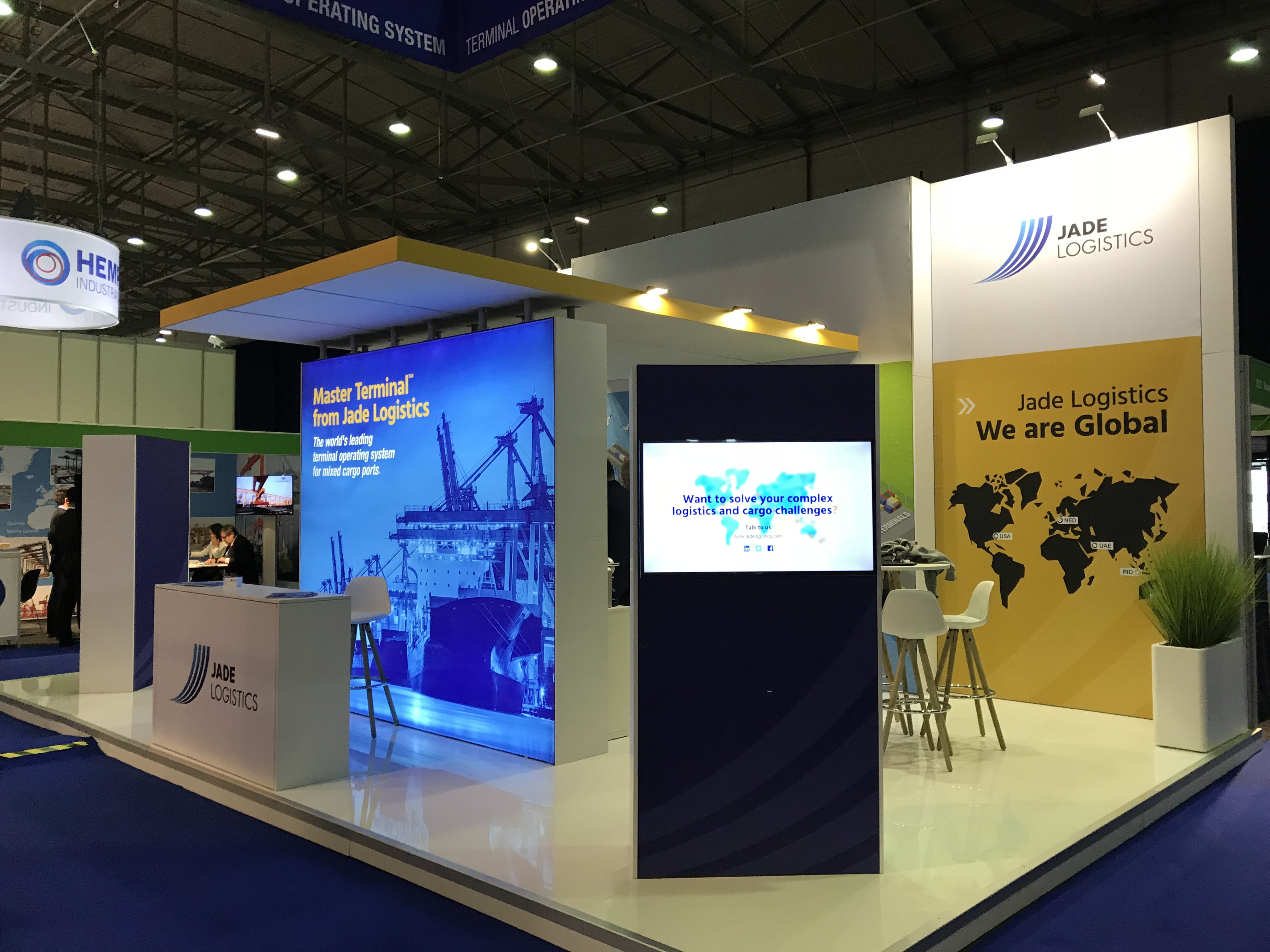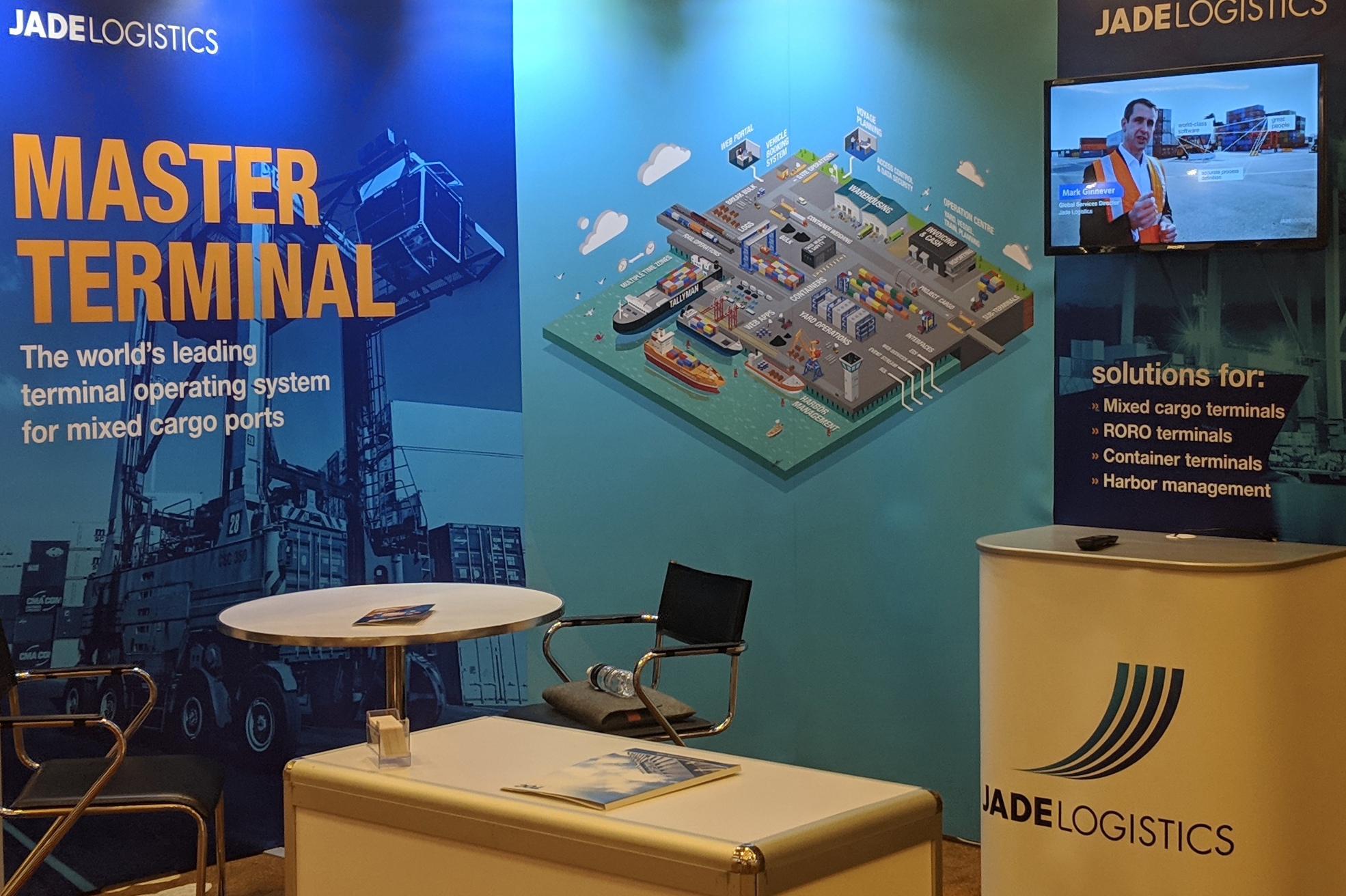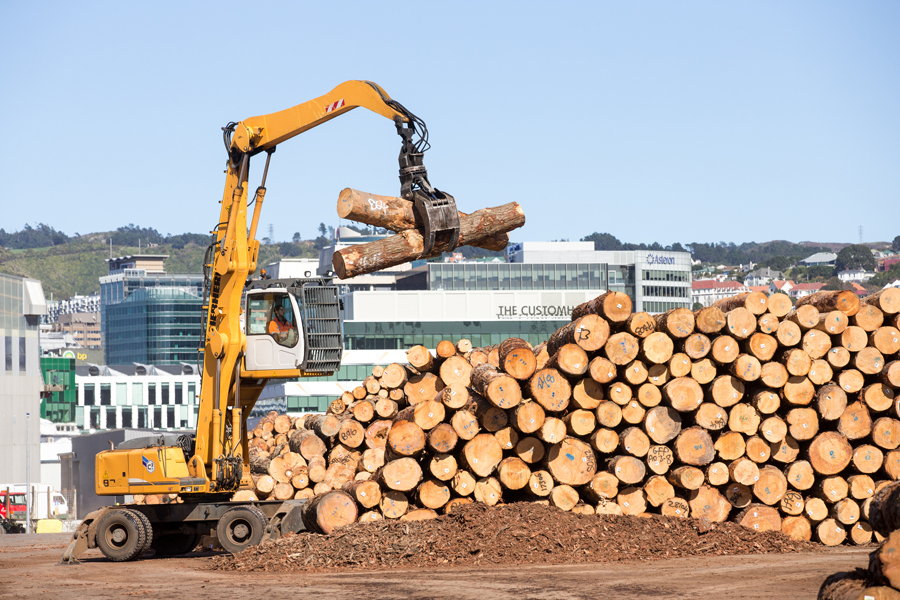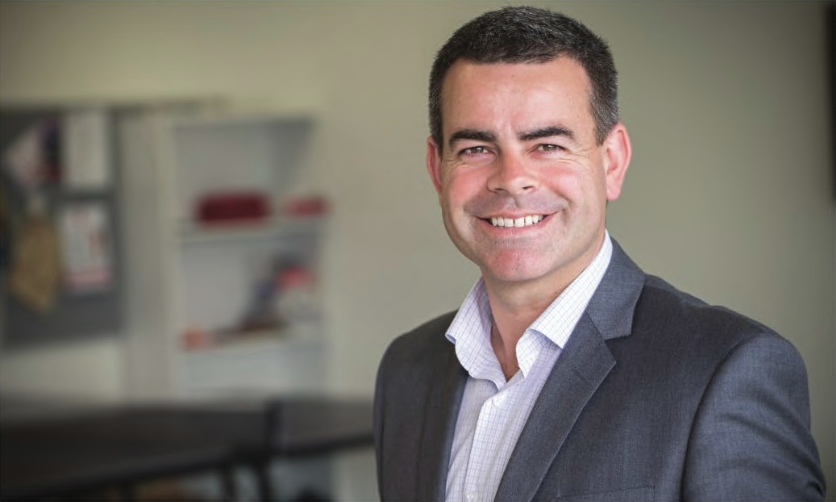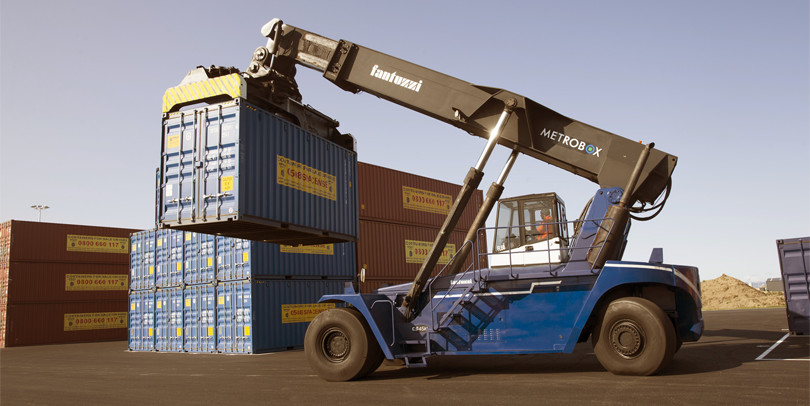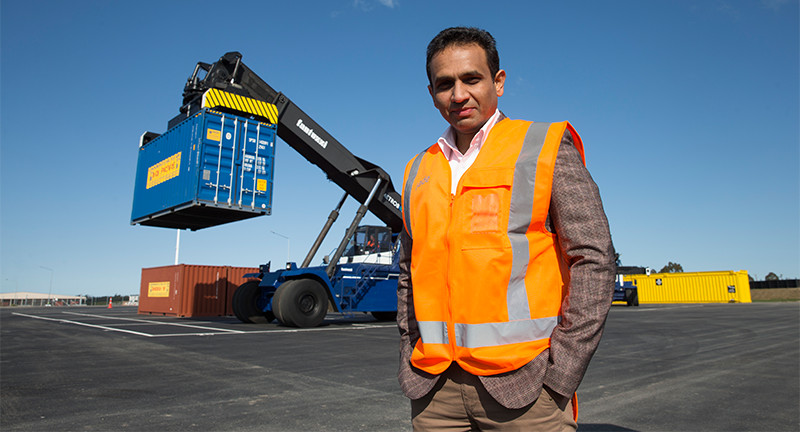Break-bulk focused ports need to find ways of improving performance in an economic way.
In a recent Wall Street Journal article, maritime economist John Martin said US ports were facing a ‘perfect storm’ of under-investment in infrastructure while facing the need to cope with rising cargo volumes. This storm had “…surging cargo volumes slam ports ill-prepared to handle them.”
Retail strategist Frank Layo forecast in the same article that shipping delay costs to the US economic could reach $7 billion in 2015 and climb as high as $37 billion in 2016.
The struggles of the West Coast ports have been well documented. Investment expert Jonathan Rosenthal, managing partner of Saybrook Capital, expressed this in an article in the September edition of Logistics Management magazine about Los Angeles/Long Beach terminals, “In my business, we follow the money, and we see that the port ecosystem here is a little bit broken.”
Figures quoted in the Wall Street Journal put the world’s most efficient port, Jebel Ali in the United Arab Emirates, as turning container cargo 70% faster than the USA’s best performing terminal – the Port of Los Angeles.
In this perfect storm of rising demand and overcapitalized infrastructure, break-bulk focused ports need to find ways of improving performance in an economic way.
Less traditional terminals like those at the Port of Houston are stepping into the breach, offering services to shippers frustrated by congestion and delays. According to Logistics Management, Houston’s terminals experienced 20% growth in container cargo and 26% in break-bulk like steel in the year to June 2015.
“As a specialty break-bulk port, the types of cargoes we handle vary based on the current economic condition of the U.S.,” said Les Reardanz, CEO of WA-based Port of Everett, a user of Jade Logistics’ Master Terminal product, in a recent press statement. “The best way we can prepare for these market shifts is to have adequate infrastructure and a national freight strategy.”
Mr Reardanz was joining other ports in a call to the US government to put more focus on port infrastructure, particularly the landside connections.
Where break-bulk terminals can make their own quick gains in performance is upgrading their terminal operating system, to ensure every possible piece of capacity is extracted from existing infrastructure, delaying the need for costly investment.
Download our white paper Message in a Bottle: The challenges (and hidden opportunities) of managing mixed cargo.

